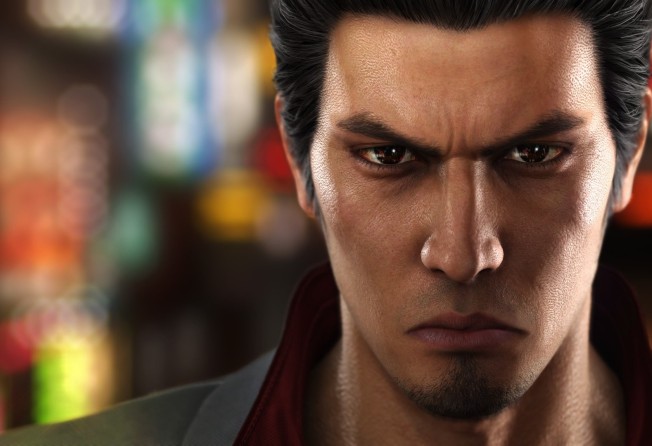Yakuza 6: The Song of Life game review – Kazuma Kiryu makes final appearance in classic gangster saga
The long-lived video game hero returns to Tokyo’s Kamurocho district to make his final appearance, in what turns out to be a perfect mix of brutality and tear-jerking sentimentality

Yakuza 6: The Song of Life
Sega
4.5/5 stars
A video game character’s story is often over after a single game – only a lucky few get to hang around longer – so few can equal Yakuza star Kazuma Kiryu’s run.
His story stretches back to the PlayStation 2, spanning six games set all over modern-day Japan, two period spin offs and a zombie-themed offshoot. In the pitiless Tokyo underworld of the Yakuza games, gangsters’ lives are often cut brutally short – but this is one goodbye that’s rare and special.
In PlayStation 4’s Yakuza 6: The Song of Life, Kiryu is drawn back to Kamurocho, the Tokyo nightlife district where he made his name as one of the city’s most feared and respected figures in the first Yakuza game from 2005.
This is a city constantly under renovation, overhauled every few years as technology improves. Kiryu might be reluctant to return to Tokyo, but for players it is a pleasure.
At night especially, it feels alluring and dangerous, a maelstrom of neon and noise. You’ll bump into salarymen letting their hair down and youths staring at their phones, as well as groups of prowling thugs with suits as loud as the clamour and thumping beats emanating from clubs and pachinko parlours.
As Kiryu pounds the streets of Kamurocho, street brawls erupt with barely a pause for breath, and can spill into nearby stores and restaurants. Kiryu feels slower than he used to – he is getting on a bit – and blocking and parrying incoming blows is as important as landing your own hits.
Successive attacks build up “heat”; release this dormant fury and you can launch pummelling combos, or neck snapping, face stomping finishing moves. It is guiltily gratifying. Kiryu never starts these scuffles, but there’s no one better at ending them.
Apart from the fighting, Yakuza is a gangster life simulator, packed with plentiful distractions. You can eat and drink in bars and restaurants, try your hand at spear fishing or managing a baseball team, play classic Sega games Out Run, Space Harrier and Virtua Fighter 5 at the local arcade, or assemble a clan of fighters, directing them into street battles against rival gangs.
One quest involving an irritating social media influencer offers a cathartic conclusion to anyone annoyed by the boorish antics of YouTuber Logan Paul in Aokigahara forest.
In fact, Kiryu’s bemusement with modern technology is a running theme, appropriate for an ageing hero. He’s more comfortable chatting to strangers in bars than online.

Players who’ve been with this series for a while will notice, however, that Kamurocho is smaller than before. The hotel district is out of bounds, as is the park in the north where the city’s homeless slept – a consequence, presumably, of a developer grappling with a new game engine and a lack of time.
Despite diversions, the story is single-minded. Yakuza has always had family matters at its heart, but its plots have focused more on spilled rather than shared blood.
This is, inescapably, a story about male violence, of the physical and emotional kind. We see sons anxious to prove themselves, and fathers and mentors that often fail them. Kiryu is, as always, the anomaly.
His surrogate daughter Haruka is at the heart of his story, and with her safety (and that of her family) in jeopardy, it becomes clear that Kiryu will have to make some kind of sacrifice.
From the very beginning, there’s tension surrounding how permanent his exit might be, and whether he’ll break the habit of a lifetime: despite his reputation, Kiryu has never actually killed. Yet.

The Yakuza games have always balanced brutality with tear-jerking sentimentality: it’s a curious mix, but it commits so wholeheartedly to both that it somehow pulls it off. It’s no surprise when the final act launches a full-blooded assault on your heartstrings.
Yakuza 6 may not be subtle, but few players will be left dry-eyed as the curtain on this tale is finally drawn. The Yakuza series may continue in Kiryu’s absence, but Kamurocho will never be quite the same again.